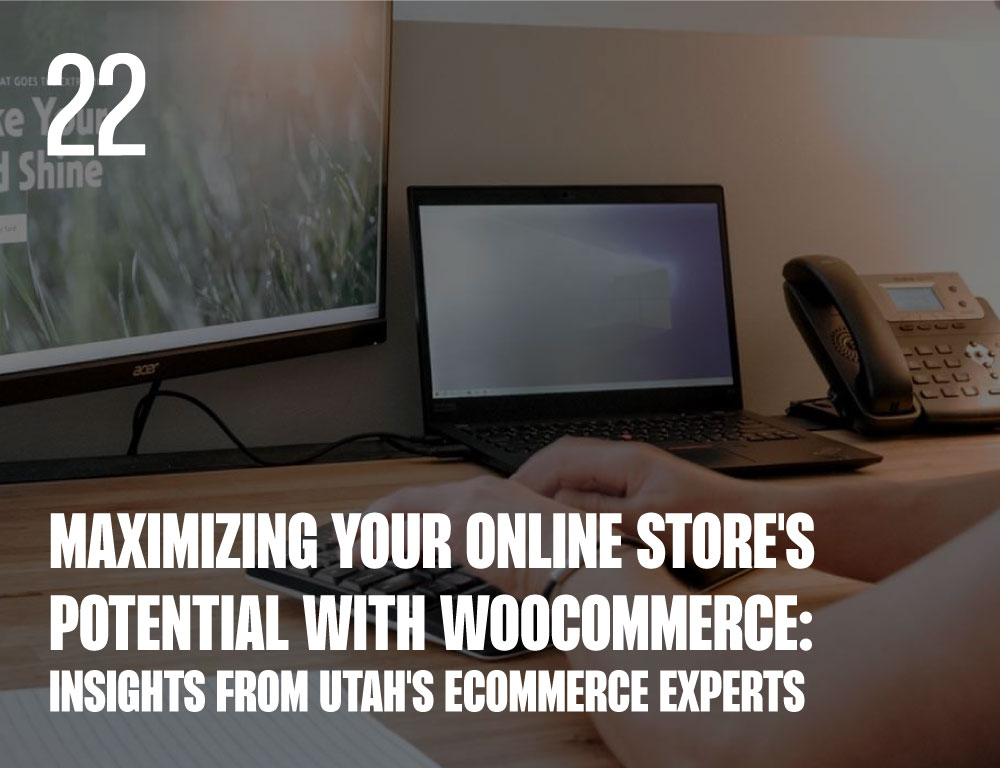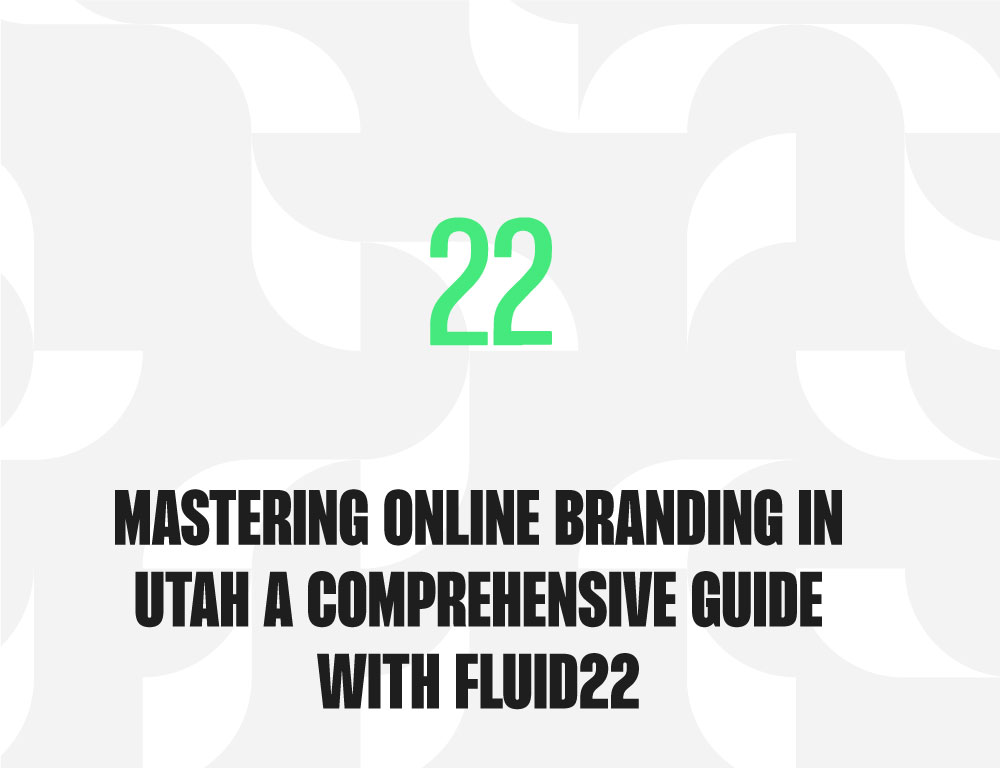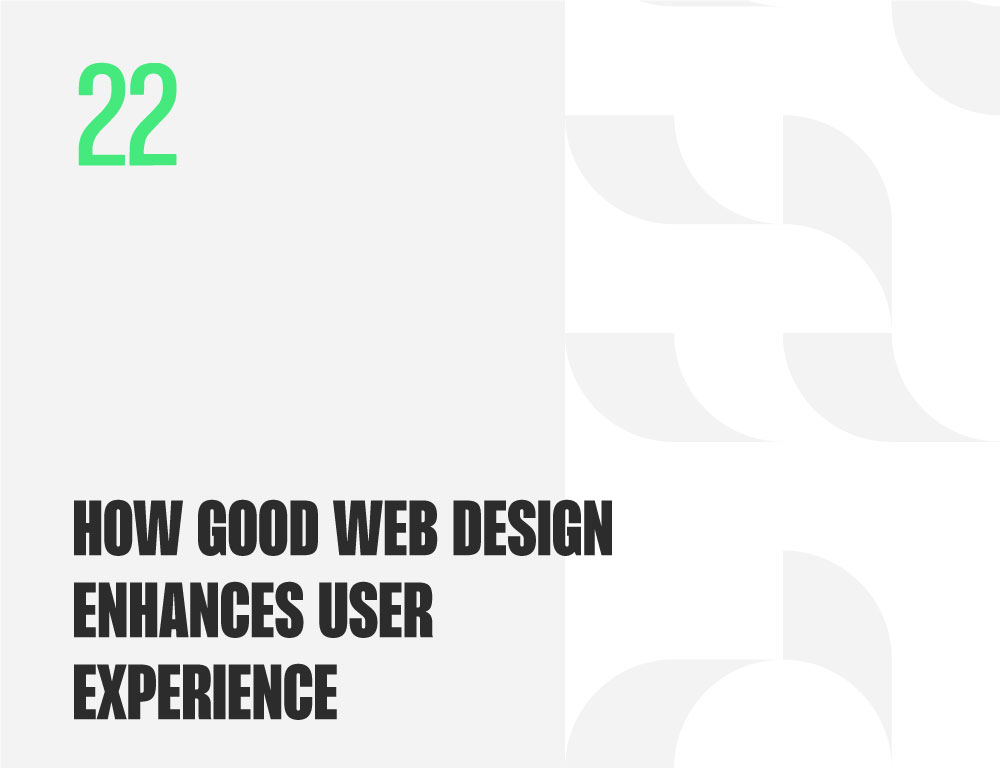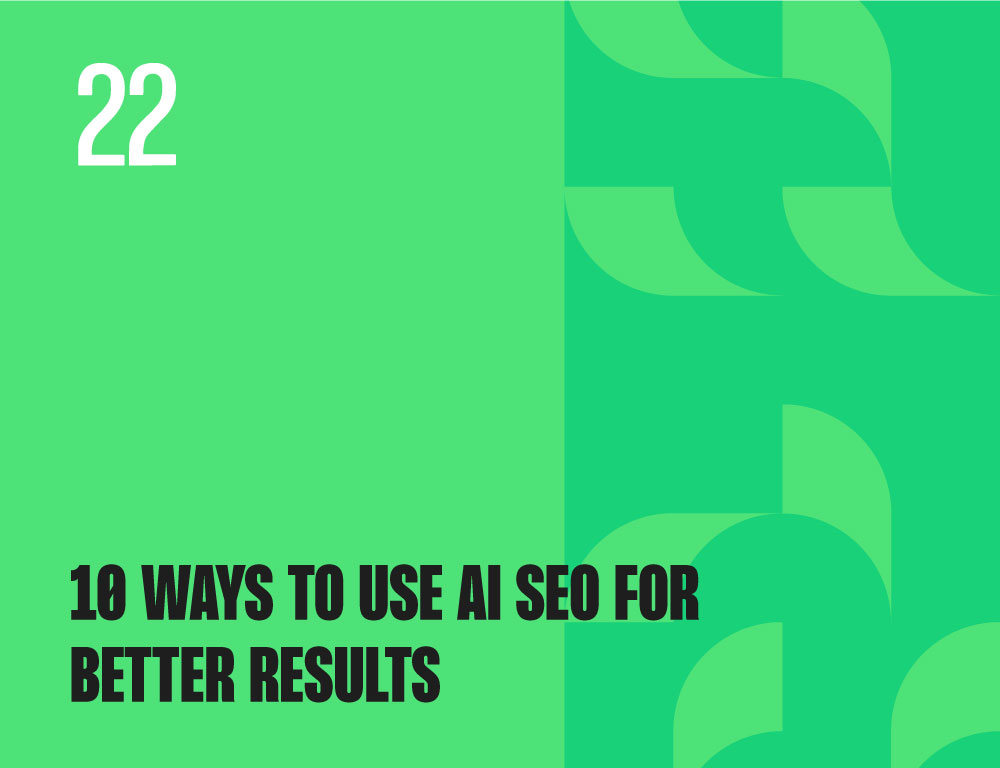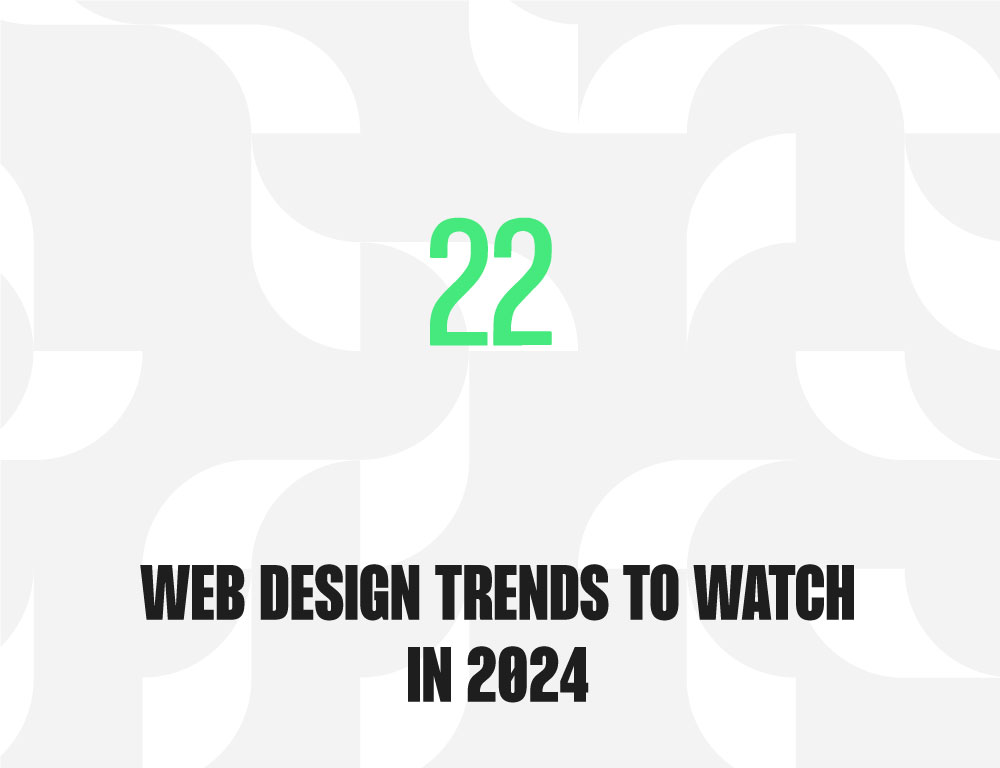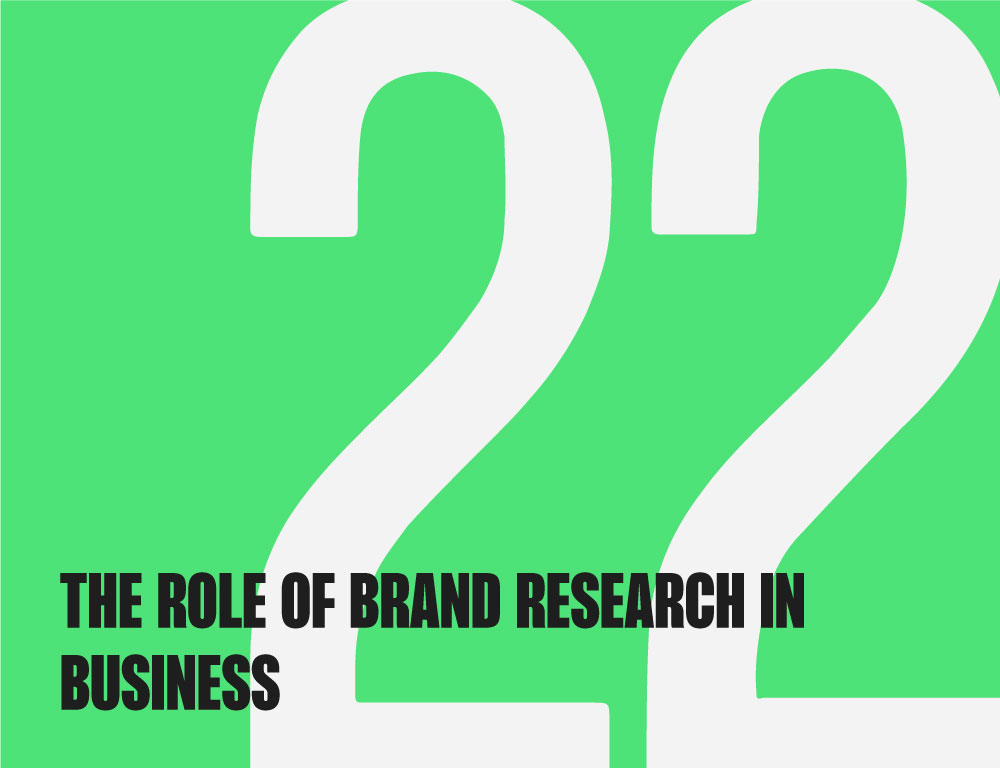Introducing AI to Your Business Website: A Game-Changer
In today’s fast-paced digital era, introducing Artificial Intelligence (AI) to your business website isn’t just a trend; it’s a game-changer.
AI’s capabilities extend far beyond simple automation. From personalizing user experiences to providing insights through data analysis, AI is reshaping how businesses interact with their customers online. This section explores how the AI revolution impacts business websites and why it’s an essential move for your digital strategy.
Harnessing AI for Enhanced Customer Experience
Personalization is the new norm in customer service, and AI is at the forefront of this transformation.
AI-driven tools like chatbots do not just solve queries; they provide personalized interaction, learning from each customer engagement to improve future interactions. We’ll dive into how AI can tailor the user experience to individual preferences and how chatbots are integral to customer service strategy.
Artificial Intelligence (AI) revolutionizes how businesses interact with and understand their customers, enabling a highly personalized user experience tailored to individual preferences. By harnessing the power of AI, companies can analyze vast amounts of data, including browsing habits, purchase history, and even social media interactions, to create a detailed profile of each customer. This deep understanding allows customizing content, recommendations, and services to suit each individual’s unique needs and preferences. This level of personalization not only enhances customer satisfaction but also fosters brand loyalty and engagement.
Chatbots, powered by AI, have become an integral component of customer service strategy. They offer a seamless, 24/7 interaction point for customers, providing instant responses to inquiries, guiding them through the purchasing process, and resolving common issues. These virtual assistants are programmed to understand and respond to natural language, making the interaction as smooth and intuitive as speaking with a human representative. Additionally, AI chatbots can learn from each interaction, continuously improving their ability to resolve queries efficiently and effectively. This constant availability and evolving intelligence of chatbots significantly enhance the customer service experience, ensuring that support is always accessible, personalized, and responsive to the needs of each customer.
AI in Data Analysis: Unlocking Business Insights
AI’s ability to analyze large datasets is unparalleled.
Predictive analytics forecast trends and behaviors, allowing businesses to make proactive decisions. AI’s role in enhancing decision-making processes through insightful data interpretation will also be explored.
Artificial Intelligence (AI) is transformative in enhancing decision-making processes across various sectors by providing insightful data interpretation. AI algorithms are adept at processing and analyzing vast quantities of data much faster than humanly possible, uncovering patterns, trends, and correlations that might otherwise go unnoticed. This capability is particularly valuable in environments where decisions must be based on complex and multifaceted data sets, such as financial markets, healthcare, and supply chain management.
AI-driven analytics can forecast market trends, predict consumer behavior, optimize logistics, and even aid in medical diagnoses, all with high accuracy. Organizations can make more informed, data-driven decisions by integrating AI into their decision-making processes. This enhances operational efficiency and reduces the risk of human error and biases. In this way, AI is a powerful tool, augmenting human intelligence and intuition with deep and actionable insights, enabling more effective and strategic decision-making.
AI and SEO: A New Era of Website Optimization
SEO is vital for any business website
AI is changing the game. We’ll look into how AI-driven keyword research can uncover new opportunities for content creation and how AI tools are assisting in crafting content that resonates with search engines and human readers.
AI-driven keyword research is revolutionizing the landscape of content creation by uncovering new opportunities that align with current trends and audience interests. These AI tools delve into vast pools of online data, analyzing search patterns, user behavior, and even competitor content strategies to identify high-potential keywords and topics that might be overlooked using traditional methods. This approach enables content creators to tap into niches and address questions that real users are actively seeking, thereby increasing the relevance and reach of their content.
AI tools are instrumental in crafting content that resonates with search engines and human readers. They assist in optimizing content for SEO by suggesting keyword placements, densities, and related phrases, ensuring that the content ranks higher in search engine results. Beyond mere optimization, AI can also analyze readability, tone, and style to ensure the content appeals to the intended audience, enhancing engagement and reader retention. By providing insights into both the technical and creative aspects of content creation, AI empowers creators to produce content that is not only discoverable but also genuinely valuable and engaging to their audience.
AI-Driven Security Measures for Your Website
Security is a top priority, and AI is crucial in safeguarding websites
This section will cover how AI is used in fraud detection and enhancing cybersecurity measures, providing a robust defense against cyber threats.
Artificial Intelligence (AI) is playing an increasingly critical role in the realm of fraud detection and the enhancement of cybersecurity measures. By leveraging AI, organizations can detect and prevent fraudulent activities more efficiently and accurately. AI systems analyze patterns and anomalies in large datasets, including transaction histories and user behaviors, to identify potential fraudulent activities that might elude traditional detection methods. This capability is particularly vital in sectors like banking and online retail, where the volume of transactions and processing speed are crucial.
AI is a powerful ally against a broad spectrum of cyber threats in cybersecurity. AI algorithms are trained to recognize and respond to the signatures of malware, ransomware, and other forms of cyberattacks. They continuously learn from new data, adapting to evolving threats in real time. This dynamic approach is crucial in an environment where cyber threats constantly change and become more sophisticated. Additionally, AI-powered systems can monitor network traffic and user activities, identifying unusual patterns that could indicate a breach or a security risk. By providing this proactive and adaptive defense, AI significantly enhances an organization’s capacity to safeguard its digital assets and maintain the integrity of its systems, thereby ensuring a robust defense against the myriad of cyber threats in the digital age.
Innovative Marketing with AI Integration
AI is revolutionizing marketing strategies.
We will explore how AI enhances email marketing campaigns through automation and personalization, and how it engages audiences on social media platforms more meaningfully.
Integrating Artificial Intelligence (AI) in email marketing campaigns has revolutionized how businesses communicate with customers. AI-powered automation efficiently manages large email lists, ensuring messages are sent at opportune times to maximize open rates. More importantly, AI elevates the personalization of email content. AI tailors each email by analyzing past purchase history, browsing behavior, and engagement patterns to resonate with each recipient’s preferences and interests. This level of personalization enhances the user experience, fostering a deeper connection between the brand and its customers.
AI plays a pivotal role in transforming audience engagement on social media platforms. AI tools can analyze vast social media data to glean insights into consumer behavior and trends. This enables businesses to create more aligned content with what their audience wants to see, leading to higher engagement rates. Furthermore, these platforms’ AI-driven chatbots and virtual assistants provide instant, personalized interactions, address queries, and offer real-time recommendations. This improves customer service and fosters community and belonging among users. As a result, AI is not just a tool for automation; it’s a medium through which businesses can establish more meaningful and satisfying connections with their audiences on social media.
Streamlining Business Operations with AI
Operational efficiency is crucial for any business.
In this segment, we’ll discuss how AI is used in inventory management and automating customer service, thus reducing operational costs and improving service delivery.
Artificial Intelligence (AI) is increasingly adopted in inventory management and customer service, significantly reducing operational costs and enhancing service delivery. In inventory management, AI systems use predictive analytics to forecast demand, manage stock levels, and optimize supply chain operations. AI can accurately predict inventory needs by analyzing past sales data, market trends, and external factors like weather or economic conditions, reducing overstock and stockouts. This leads to more efficient inventory management, lower storage costs, and minimized waste.
In customer service, AI-driven chatbots and virtual assistants automate routine inquiries and tasks. These AI solutions can handle customer interactions simultaneously, providing instant, 24/7 support for basic questions and issues. This frees human customer service representatives to focus on more complex and nuanced customer needs, leading to more effective problem-solving and higher customer satisfaction. Additionally, AI in customer service can personalize interactions based on customer history and preferences, further enhancing the customer experience.
Overall, the use of AI in these areas streamlines operations, cuts down on labor and storage costs, and fosters a more responsive and personalized service environment. This boosts efficiency and significantly contributes to a more satisfactory customer experience, benefiting the business’s bottom line.
AI for Better User Interface and Design
A good user interface is key to a successful website.
AI’s role in designing intuitive website layouts and enhancing user engagement will be the focus of this section, showcasing how AI can make websites more interactive and user-friendly.
Artificial Intelligence (AI) is pivotal in transforming website design into a more intuitive and user-centric experience, significantly enhancing user engagement. AI algorithms can analyze user data such as browsing patterns, click rates, and time spent on pages to understand user preferences and behavior. This intelligence allows for dynamic website layouts that adapt to individual user needs. For instance, AI can rearrange content, modify navigation, or even change color schemes based on the user’s interactions, making websites more interactive and personalized.
AI-driven tools can conduct A/B testing at an unprecedented scale, providing designers with actionable insights to refine and optimize the user experience continually. This includes determining the most effective layouts, features, and content types that resonate with users. Additionally, AI can power chatbots and virtual assistants on websites, providing users with real-time, personalized support and guidance. These AI-enabled interactions enhance user engagement and accessibility, helping users navigate and find information more efficiently.
By integrating AI into website design, businesses can create more engaging, user-friendly, and adaptive online experiences. Let’s discuss how to calculate ROI and budget effectively for AI implementations, ensuring that your investment reaps tangible benefits. AI, therefore, is not just a tool for automation; it’s a means of crafting a more responsive, intuitive, and enjoyable digital experience for users.
Cost and ROI: AI Investments on Your Website
Investing in AI can be a significant decision.
Let’s discuss how to calculate ROI and budget effectively for AI implementations, ensuring that your investment reaps tangible benefits.
Calculating the Return on Investment (ROI) of AI integration and budgeting effectively for AI implementations are critical steps for businesses embracing this technology. To calculate the ROI, companies must first identify and quantify AI’s specific benefits, such as increased sales, reduced operational costs, or improved customer satisfaction. These benefits should be measured against the total costs of AI implementation, including initial expenses like software acquisition, infrastructure upgrades, and any related training or consulting fees. Additionally, ongoing costs, such as maintenance, updates, and potentially additional staffing requirements, should be factored in.
Effective budgeting for AI implementation involves a strategic approach considering short-term and long-term financial impacts. Companies should start with a clear understanding of the problems or opportunities they aim to address with AI and then align their investment with these objectives. Budgeting for the full lifecycle of the AI solution is crucial, not just the initial setup. This includes planning for scalability, as AI systems often require adjustments and expansions as they evolve and learn from more data. Businesses should also set aside a portion of the budget for continuous learning and development, ensuring their teams can effectively manage and utilize AI technologies.
Businesses must be prepared for a potential period of transition where the ROI may not be immediately apparent as the AI system learns and optimizes its performance. Adopting a phased approach, where AI is gradually integrated and scaled, can allow for more manageable expenditures and a clearer assessment of its impact on operations and revenue.
Preparing for AI Integration: Steps and Strategies
Implementing AI into your website requires careful planning.
This part will guide you through identifying the AI needs of your website and the strategies for implementing these solutions effectively.
Identifying the AI needs of your website and strategizing for effective implementation is a critical step toward harnessing the power of AI to enhance your online presence. To begin, assess the specific areas of your website that could benefit from AI integration. This might include personalized content recommendations, automated customer service through chatbots, improved search functionality, or data-driven insights for better user engagement. Understanding your website’s unique challenges and opportunities is key to determining where AI can have the most significant impact.
Once the needs are identified, developing a strategic implementation plan is next. This involves selecting the right AI tools and technologies that align with your website’s objectives. For instance, if improving user engagement is a priority, consider AI solutions that analyze user behavior and tailor content accordingly. If customer support is a concern, an AI-powered chatbot might be the solution.
The implementation strategy should also consider the technical aspects, such as integration with existing systems and infrastructure compatibility. Furthermore, it’s crucial to plan for the training of staff who will manage and maintain these AI systems. They need to understand how the AI tools work and how to interpret the data they provide.
Finally, set measurable goals and regularly review the performance of AI implementations against these objectives. This will help fine-tune the AI solutions to ensure they deliver the desired outcomes, such as increased user engagement, higher conversion rates, or improved customer satisfaction. By following these steps, you can effectively identify and integrate AI solutions into your website, driving better results and staying ahead in the digital landscape.
Challenges and Solutions in AI Integration
AI integration comes with its challenges
We will discuss overcoming technical hurdles and addressing ethical considerations in AI, ensuring a smooth and responsible integration process.
Overcoming technical hurdles and addressing ethical considerations are crucial aspects of a smooth and responsible AI integration process. Technical challenges often include data quality and quantity, system compatibility, and ensuring the AI solution can scale effectively with the business. To overcome these, it’s essential to have a robust data management strategy, ensuring that the AI system is fed high-quality, relevant data. Additionally, ensuring that the AI system is compatible with existing infrastructure and can adapt to future technological developments is vital. Scalability is also key; the AI solution should be able to grow and adjust as the business evolves and its data needs change.
Ethical considerations in AI are equally important. This includes ensuring fairness, avoiding bias in AI algorithms, protecting user privacy, and maintaining transparency in how AI systems operate and make decisions. To address these concerns, it’s important to have diverse datasets to train AI algorithms, reducing the risk of biased outcomes. Strong data governance policies will help maintain user privacy and data security. Transparency can be achieved by ensuring stakeholders understand how the AI operates and the rationale behind its decisions. This builds trust in the AI system and ensures that ethical concerns are identified and addressed promptly.
A thoughtful approach to overcoming technical hurdles and addressing ethical considerations is crucial for a successful and responsible AI integration. It requires technical expertise, ethical foresight, and ongoing vigilance to ensure that AI systems are effective, fair, and respectful of user privacy and rights.
FAQs
How Can AI Improve Customer Engagement on My Website?
AI can significantly enhance customer engagement by providing personalized experiences, instant support via chatbots, and predictive recommendations based on user behavior.
What Are the Key Benefits of AI in Website SEO?
Is AI Integration Cost-Effective for Small Businesses?
Yes, AI integration can be cost-effective even for small businesses, especially for automated customer service and data analysis, which can save time and resources.
How Does AI Enhance Website Security?
AI enhances website security through real-time threat detection, predictive analysis of security risks, and automated responses to potential breaches.
Can AI Help in Personalizing Marketing Campaigns?
AI can personalize marketing campaigns by analyzing customer data and behavior, leading to more targeted and effective marketing strategies.
What Should I Consider Before Integrating AI into My Website?
Before integrating AI, consider your business needs, data quality, potential ROI, and the technical capabilities required for implementation.
Conclusion
Introducing AI to your business website opens a realm of possibilities. From enhancing user experience to streamlining operations and improving security, AI is not just a technological advancement; it’s a strategic imperative in today’s digital world. As we navigate this exciting terrain, the potential for AI to revolutionize business websites is limitless. Embracing AI is not just about keeping up with technology; it’s about leading the way in innovation and customer engagement.
Engage, explore, and excel with Fluid22










